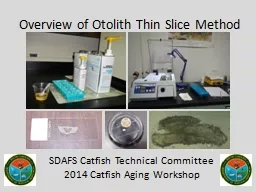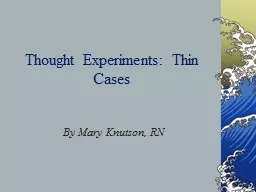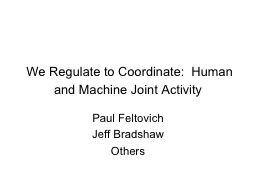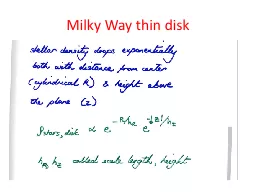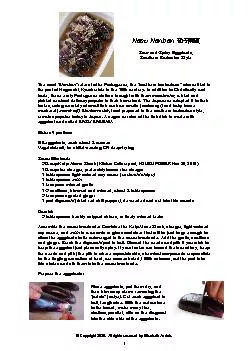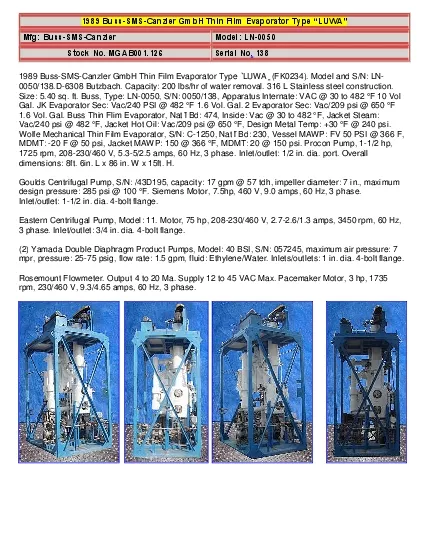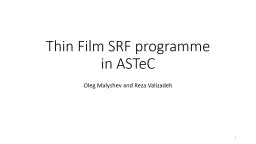PPT-There is great diversity and interdependence of living thin
Author : karlyn-bohler | Published Date : 2017-05-08
Many species are interdependent through relationships of SYMBIOSIS SYMBIOSIS SCG141 Symbiosis exists when organisms of two or more different species live in close
Presentation Embed Code
Download Presentation
Download Presentation The PPT/PDF document "There is great diversity and interdepend..." is the property of its rightful owner. Permission is granted to download and print the materials on this website for personal, non-commercial use only, and to display it on your personal computer provided you do not modify the materials and that you retain all copyright notices contained in the materials. By downloading content from our website, you accept the terms of this agreement.
There is great diversity and interdependence of living thin: Transcript
Download Rules Of Document
"There is great diversity and interdependence of living thin"The content belongs to its owner. You may download and print it for personal use, without modification, and keep all copyright notices. By downloading, you agree to these terms.
Related Documents




